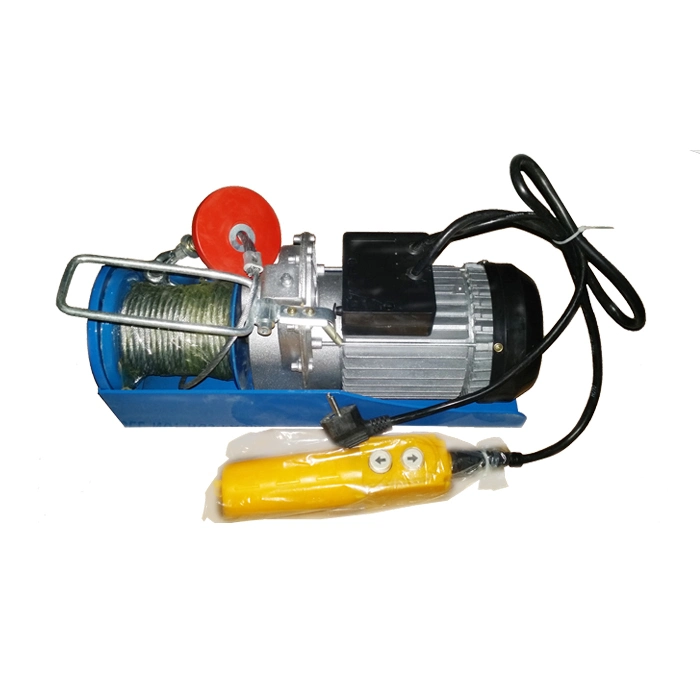Electric hoists are essential tools in various industries, providing efficient lifting and moving capabilities for heavy loads. Understanding their key components is crucial for safe and effective operation. Here is a detailed explanation of the main elements of electric hoists –
Motor – At the heart of an electric hoist is its motor, which provides the power necessary to lift and lower loads. These motors are typically electrically powered, by either direct current DC or alternating current AC. DC motors offer precise speed control and are commonly used in applications requiring frequent starts and stops. AC motors, on the other hand, are more straightforward and often used in simpler lifting tasks. The motor’s horsepower and speed capabilities determine the hoist’s lifting capacity and efficiency.
Gear Train – Electric hoists utilize a gear train mechanism to convert the motor’s rotational energy into lifting force. The gear train consists of a series of gears with different sizes that work together to increase torque and reduce speed. This allows the hoist to lift heavy loads with ease while maintaining control over the lifting process. The gear train’s design and quality directly affect the hoist’s durability, smooth operation, and ability to handle varying loads.

Braking System – Safety is paramount in hoisting operations, and the braking system plays a critical role in ensuring controlled and secure lifting and lowering of loads. Electric hoists employ various braking mechanisms, such as disc brakes or shoe brakes, to hold the load in place when the motor is not running. These brakes engage automatically when power are cut off, preventing the load from slipping or falling unexpectedly. A reliable braking system is essential for preventing accidents and protecting both personnel and valuable equipment.
Drum and Rope/Chain – The drum is a cylindrical component around which the lifting rope or chain wraps during operation. It provides the surface area necessary for the rope or chain to grip securely and lift the load. The rope or chain is typically made of high-strength materials like steel to withstand heavy loads and ensure durability. Furthermore, polipasto electrico may use wire ropes for vertical lifting or chains for both vertical and horizontal movements, depending on the application requirements. Proper maintenance of the drum and lifting medium is essential to prevent wear and ensure smooth operation.
Control System – Electric hoists are equipped with control systems that allow operators to regulate the hoist’s movement with precision. These control systems may include pendant controls with push buttons or remote controls for wireless operation, providing flexibility and convenience in different working environments. Advanced hoists may also feature programmable logic controllers PLCs or digital control panels for automated lifting sequences and enhanced safety features. The control system enables operators to start, stop, and adjust the hoist’s speed and direction easily, optimizing efficiency and productivity.
In conclusion, electric hoists comprise several key components that work together to provide efficient and safe lifting solutions for various industrial applications. Understanding these components and their functions is essential for selecting the right hoist for the job, ensuring optimal performance, and maintaining safety in lifting operations.
